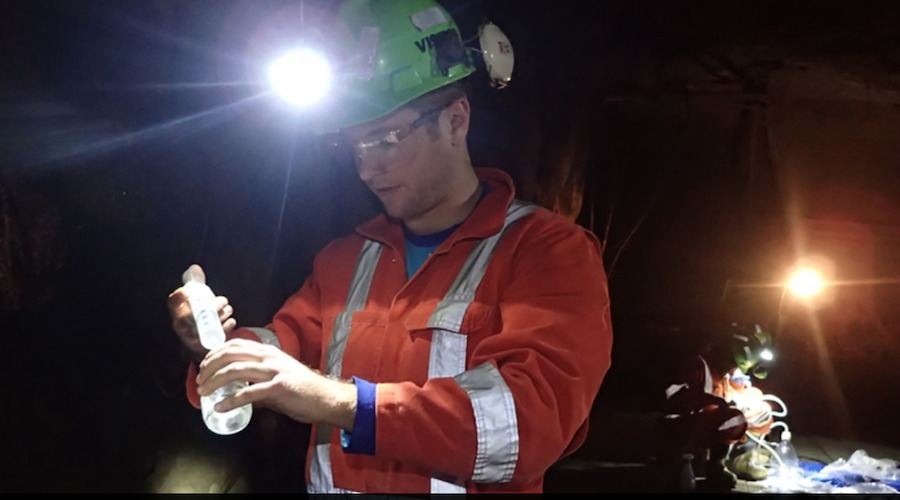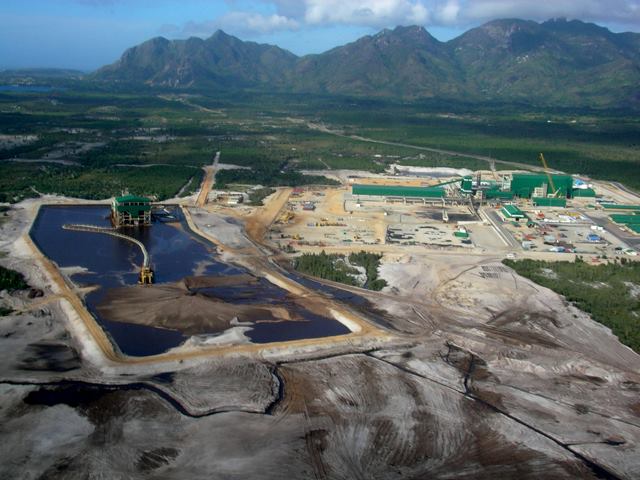
“The big implication here for subsurface exploration science is that wherever you have groundwater on Mars, there’s a good chance that you have enough chemical energy to support subsurface microbial life,” Jesse Tarnas, a postdoctoral researcher at NASA’s Jet Propulsion Laboratory who led the study while completing his PhD at Brown University, said in a media statement. “We don’t know whether life ever got started beneath the surface of Mars, but if it did, we think there would be ample energy there to sustain it right up to today.”
Creatures living beneath the surface survive without sunlight by using the byproducts of chemical reactions produced when rocks come into contact with water
Tarnas explained that creatures living beneath the surface survive without sunlight by using the byproducts of chemical reactions produced when rocks come into contact with water.
One of those reactions is radiolysis, which occurs when radioactive elements within rocks react with water trapped in pore and fracture space. The reaction breaks water molecules into their constituent elements, hydrogen and oxygen. The liberated hydrogen is dissolved in the remaining groundwater, while minerals like pyrite soak up free oxygen to form sulphate minerals. Microbes can ingest the dissolved hydrogen as fuel and use the oxygen preserved in the sulphates to “burn” that fuel.
Glencore’s mine hosts similar colonies
The scientist said that, for example, at Glencore’s Kidd Creek mine in Ontario, Canada, these sulphate-reducing microbes have been found living more than a mile underground, in water that hasn’t seen the light of day in more than a billion years.
Based on this knowledge, they wanted to see if the ingredients for radiolysis-driven habitats could exist on Mars. They drew on data from NASA’s Curiosity rover and other orbiting spacecraft, as well as compositional data from a suite of Martian meteorites, which are representative of different parts of the planet’s crust.
They found that several different types of Martian meteorites had all the ingredients necessary for radiolysis to occur, namely, radioactive elements like thorium, uranium and potassium; sulphide minerals that could be converted to sulphate; and rock units with adequate pore space to trap water.
The presence of all these elements means that the terrain could support Earth-like habitats.
“This was particularly true for regolith breccias — meteorites sourced from crustal rocks more than 3.6 billion years old — which were found to have the highest potential for life support,” the media brief states. “Unlike Earth, Mars lacks a plate tectonics system that constantly recycles crustal rocks. So these ancient terrains remain largely undisturbed.”
The researchers say the findings, supported by previous research that encountered evidence of an active groundwater system on Mars in the past, help make the case for an exploration program that looks for signs of present-day life in the Martian subsurface.




